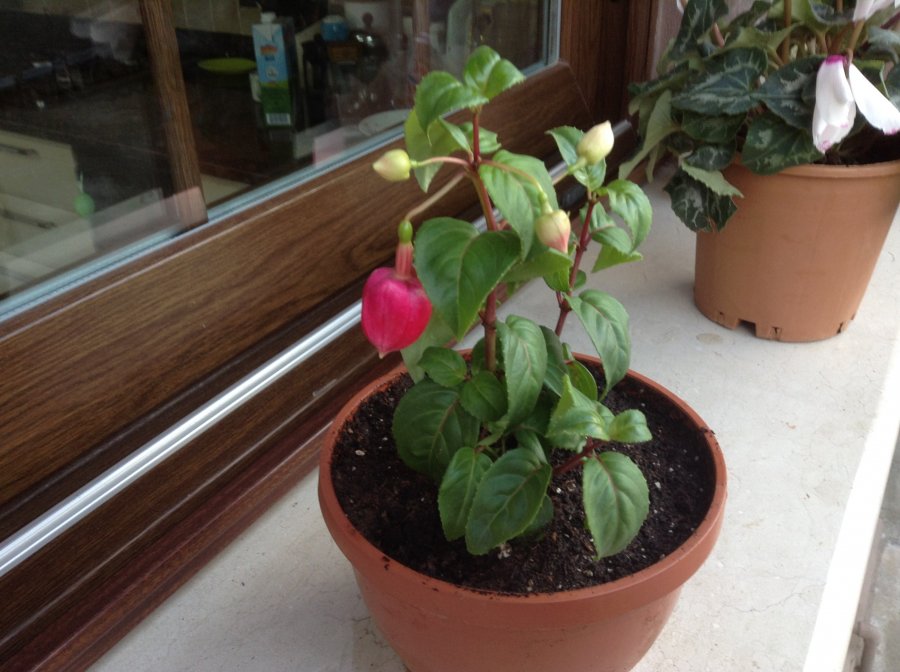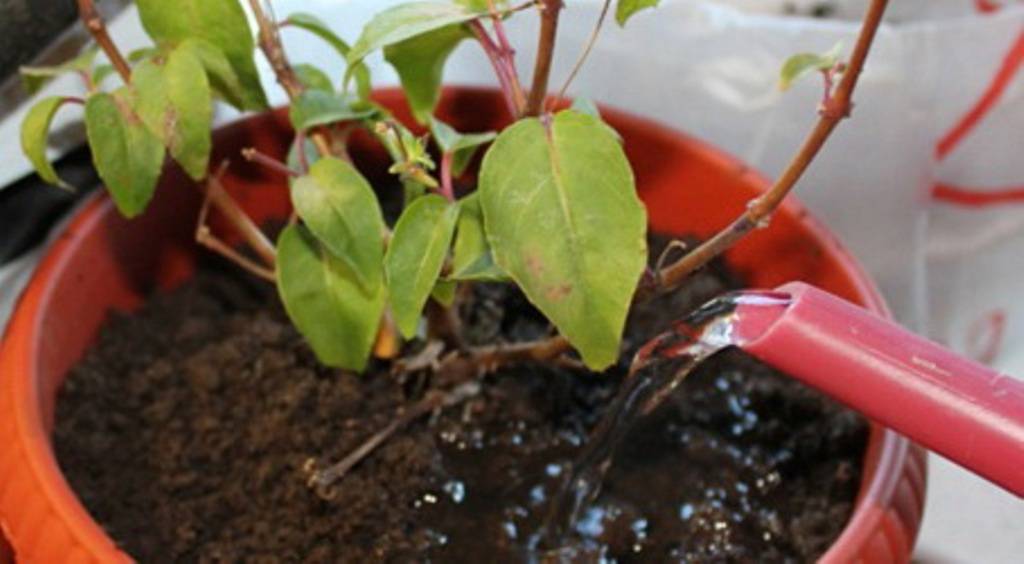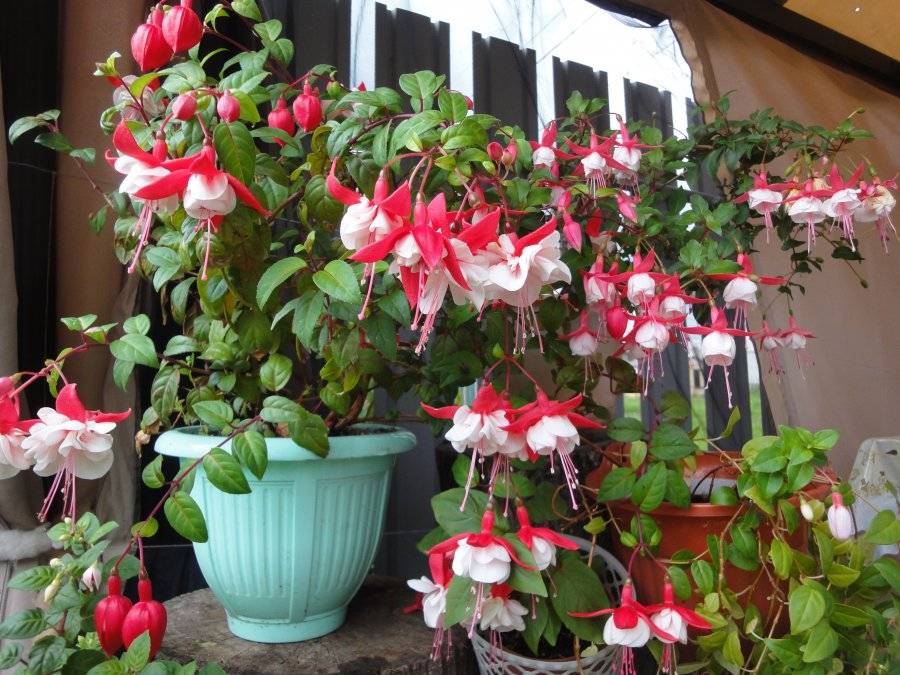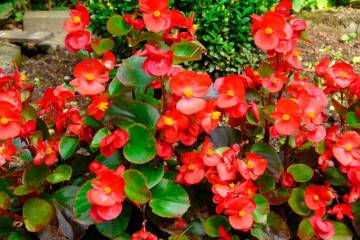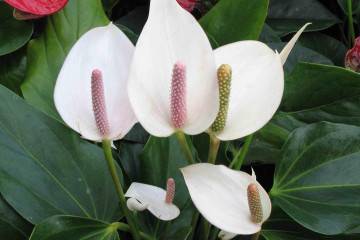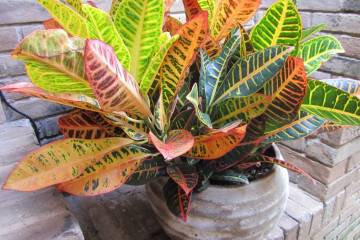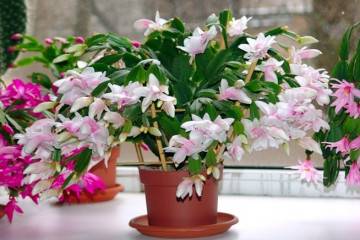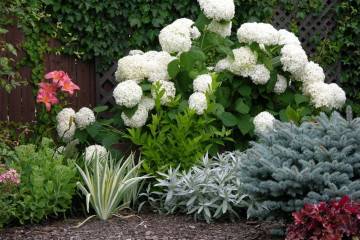Why do fuchsia buds fall off before they open
Content:
Indoor plants, when properly cared for, have more benefits than native flora. They are not afraid of external negative factors in the form of harmful insects that eat roots and stems. They are sheltered from the scorching rays of the sun. A special temperature regime is maintained for them, there is no effect of low temperatures. But still, indoor plants can also suffer when the owners make mistakes in caring for them. In case of non-observance of any conditions, the buds of the plant may fall off.
Buds do not open: reasons
This is the case with fuchsia as well. It happens that the buds of fuchsia fall off without blooming, although the plant itself has a beautiful appearance. Many gardeners have a question why fuchsia buds fall off before they open. The thought arises that the rules of care were violated and, as a result, the plant did not receive the strength to bloom. The search for rescue options begins, where clarification of the causes of the problem plays an important role.
The main reasons are the following:
- the plant does not receive enough light, or vice versa, an excess of lighting acts on it;
- the regime and order of feeding fuchsia is not observed. Fertilizers are delivered in the wrong growth period, in the wrong dosages;
- when leaving, the watering regime is violated;
- the pinching process is ignored;
- plant diseases are overlooked.
Lack of light
In order for the plant to receive enough light, the pot needs to be on the windowsill so that the fuchsia can receive natural light. In the autumn-winter period, the plant will be dark. In this case, a special lamp can be installed for him in order to compensate for the lack of lighting with artificial light and achieve normal growth.
Lack of nutrition
Fuchsia is called a "ballerina" for her increased whimsicality. It requires careful care and special fertilizers and nutrients are needed to feed it. Prophylactic humus should be added to the pot of soil. Then the earth is enough to get enough, it will receive the necessary useful elements and minerals.
To avoid the occurrence of diseases in the plant and to protect it from pests, the soil and stems are additionally processed. The root system is sprinkled with ash.
Heat
Fuchsia doesn't like heat. Being under the influence of high temperatures is detrimental to her. The sun can scorch her. She begins to shed foliage in such a case. Heat is considered one of the main factors in explaining the rapid shedding of buds. The internal juices of the plant dry out and do not reach the shoots, buds, thereby weakening them. It is worth hanging a thermometer near the flower and monitoring the temperature regime.
Improper watering
According to another opinion of experienced gardeners, regarding why fuchsia flowers fall, the cause of this problem is improper watering.The plant reacts sensitively to all processes that occur to it. Moisture received on time and in the right amount strengthens it.
When the temperature in the place where the shrub is located is reduced, it needs to be watered less. Soil moisture does not evaporate as quickly as at normal temperatures. If you continue to water at the same rate, you will get oversaturation with moisture. This is harmful to the soil and is one of the reasons why fuchsia sheds buds.
Constant pinching of shoots
Removing old, discolored leaves and branches is called pinching. It is required to carry out in order to allow the plant to bloom well, to increase the number of buds, to become more beautiful and lush. Cutting off old, unsuitable for development branches, create an opportunity for the emergence of new young shoots. They, in turn, additionally trigger the regeneration. The shrub receives fresh strength, which does not allow young buds to fall prematurely.
Diseases or pests
Plants growing in the garden are more often exposed to diseases. In such conditions, their vulnerability increases. Indoor plants also get sick if not properly cared for. Those species that are considered whimsical are especially susceptible to disease. Fuchsia is known to be one of them. The causes of their diseases are divided into 2 categories:
- diseases arising from non-compliance with the rules of care;
- fungal diseases and the appearance of pests.
More often both factors are at work. It is not difficult to recognize a diseased plant. To do this, you need to examine its root system, leaves. Fuchsia roots are white, strong. In a diseased plant, they are soft, brown in color. This means that the plant is affected by root rot. This is an additional reason why the buds of fuchsia do not bloom.
Effects
All of the above factors become fundamental for the weakening of the plant. Each in its own way affects the state of the flower. The consequences are known: poor growth, disease, bud fall.
Fuchsia drops buds: what to do
To ensure that fuchsia is healthy, to ensure that it pleases with its flowering, it is necessary to eliminate all negative sources of influence. To rid it of pests, add special preparations to the soil, saturating it with useful minerals. It is also recommended to pay attention to the advice of professional gardeners involved in the cultivation of such plants.
Care rules during the flowering period
In order to no longer wonder why the buds of fuchsia do not open, you need to adhere to a number of rules related to the flowering period.
- place a pot with a plant on the windows facing the east and west sides. This applies to lighting. On the south side, the color is protected from the sun with a transparent curtain;
- you cannot move the flower. Changing places is fraught with stress for fuchsia. The color can throw off the buds;
- room temperature during the flowering period should be 22-24 degrees Celsius;
- the plant does not like drafts, but requires fresh air in the room;
- during flowering, abundant watering is required. It is required to carry out it at the moment when the top layer of the earth dries up. The water must first settle, reach room temperature;
- at the bottom at the bottom of the pot, drainage must be done so that the water does not quickly evaporate;
- for the soil for the flowering period, it is worth taking a substrate for flowering plants. You can alternate mineral and organic fertilizers. Nitrogen is considered relevant;
- be sure to spray the flower with a spray bottle.
If the fuchsia does not open the buds, there may be several reasons. It is important to have time to identify them in time in order to eliminate them, and in the future to admire the beauty of blossoming flowers.Such a plant always rightfully becomes a real home decoration of the interior when all the conditions of care are observed.
